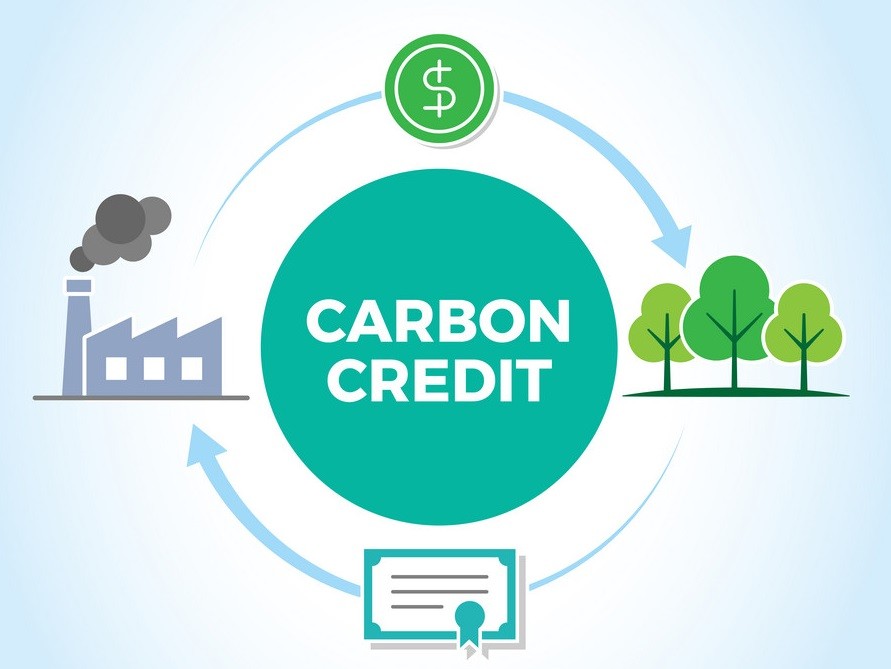Voluntary carbon markets have seen a contraction for the first time in at least seven years, with major companies like Nestle and Gucci scaling back their purchases, and studies revealing shortcomings in some forest protection projects’ promised emissions reductions.
The preservation of forests plays a pivotal role in achieving international climate goals, aimed at limiting global temperature increases and mitigating the most severe impacts of global warming.
The downturn in carbon credit markets is also concerning for developing nations, which could face setbacks if the flow of funds from multinational corporations to finance climate mitigation initiatives diminishes.
For example, Kenya is actively positioning itself as a hub for carbon offset trading, focusing on projects such as reforestation to offset the greenhouse gas emissions generated by companies.
According to leading data providers, demand for carbon credits is expected to decline in 2023. In the first half of the year, both BloombergNEF and Ecosystem Marketplace reported a drop in the number of credits used by companies, with BloombergNEF indicating a 6% decrease and Ecosystem Marketplace observing a steeper 8% decline during the same period. It’s worth noting that the data from these providers may be subject to retroactive updates as offset registries are revised.
Gucci, without disclosing financial details of its carbon offset investments, did not comment on the removal of claims from its website earlier this year that it had achieved complete carbon neutrality. A spokesperson for the company stated, “Gucci is in the process of reviewing its climate strategy and commitments with a view to achieving the most positive overall impact.”
Nestle, which has also not disclosed its offset spending, announced its intention to discontinue the use of carbon offsets and is exploring alternative pathways to reach net-zero emissions. Additionally, the company has abandoned plans to make products like its KitKat wafer snacks carbon neutral. Nestle explained, “We are shifting our focus away from investing in carbon offsets for our brands and toward investing in programs and practices that actively reduce greenhouse gas emissions within our supply chain and operations, where it can have the greatest impact on achieving our net-zero goals.”


